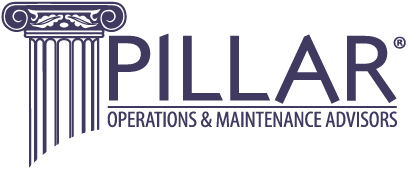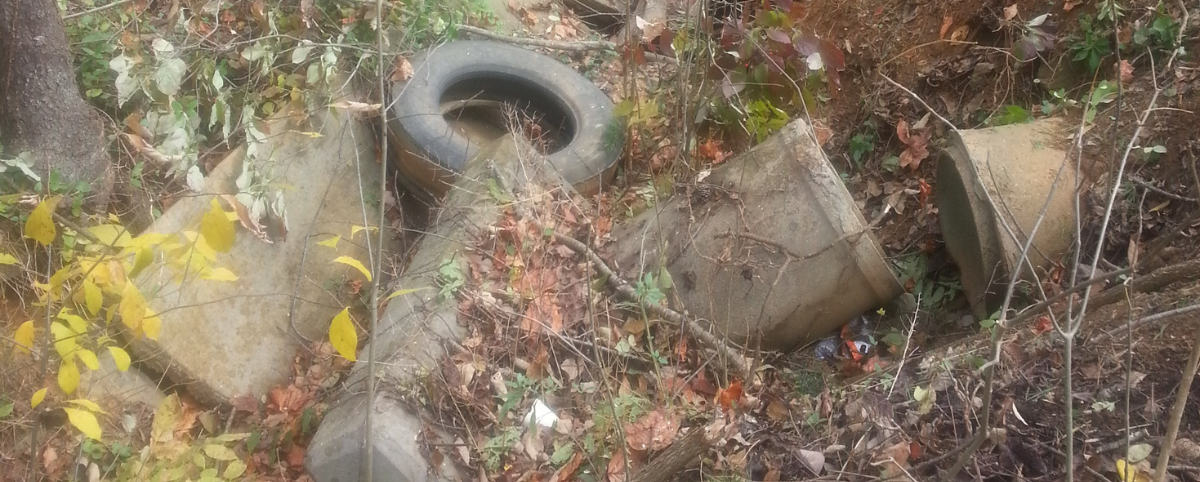As an asset manager, you know how hard it can be to stay in front of potential emergencies. Asset management is a complex, ever-changing landscape and part of the job involves responding to unforeseen events.
However, many asset managers report that 80% of their job is dealing with crisis and only 20% is devoted to planning. With the right support, it’s possible to flip that ratio so you spend less time and money reacting to crisis. Taking a proactive approach to your asset management makes a huge impact on team morale, stress levels, and your bottom line.
How Reactive Ditch Cleaning Hurts Business Outcomes
Most people overlook the important role ditches play in keeping roads safe and usable. Until, that is, a storm rolls in and the ditch is clogged or blocked. Roads (and even homes) can become rapidly flooded, making them impassible and creating an emergency.
Emergencies like this can happen at any time of day or night regardless of whether you have enough staff, equipment, and time available. Gathering your resources and reacting in a timely fashion can be exhausting and expensive. When you’re stuck reacting to emergencies, costs can easily skyrocket. Expenses can include:
- Labor costs in the form of wages and benefits for the crew members who work on the emergency mobilization.
- Equipment costs such as renting or deploying any necessary equipment like excavators, dump trucks, or bulldozers.
- Transportation costs include transporting the crew and equipment to the job site.
- Overtime pay can be a factor if the emergency mobilization requires work outside of normal business hours.
- Permits and fees might be required to carry out the emergency mobilization.
- Material costs can include any materials needed for the job such as sand, gravel, or concrete.
How Proactive Ditch Cleaning Improves Business Outcomes
Contrast this with a thorough assessment and management plan created specifically for the ditches in your service area. Instead of mobilizing crew and equipment after a clogged ditch becomes a problem, generate a list of clogged or at risk ditches during regular inspection. Then, schedule crews to clean them in order of severity during regular hours during good weather.
This proactive, planned approach will save you time and money. You’ll find that you backlog less tasks, avoid unplanned expenses related to crisis management, and create a culture of stability for your team.
Utilize Pillar’s CAPE® Method for Maximum Results
Pillar specializes in data collection, assessment, planning and execution through our proven CAPE method. With Pillar on your side, you can have powerful data to create a systematic planning and management program, be intentional about your asset management, and take control.
Stay in front of potential emergencies with solid planning and execution. Book a discovery meeting with PILLAR to learn more about how we can help you develop a systematic solution for your transportation infrastructure.

